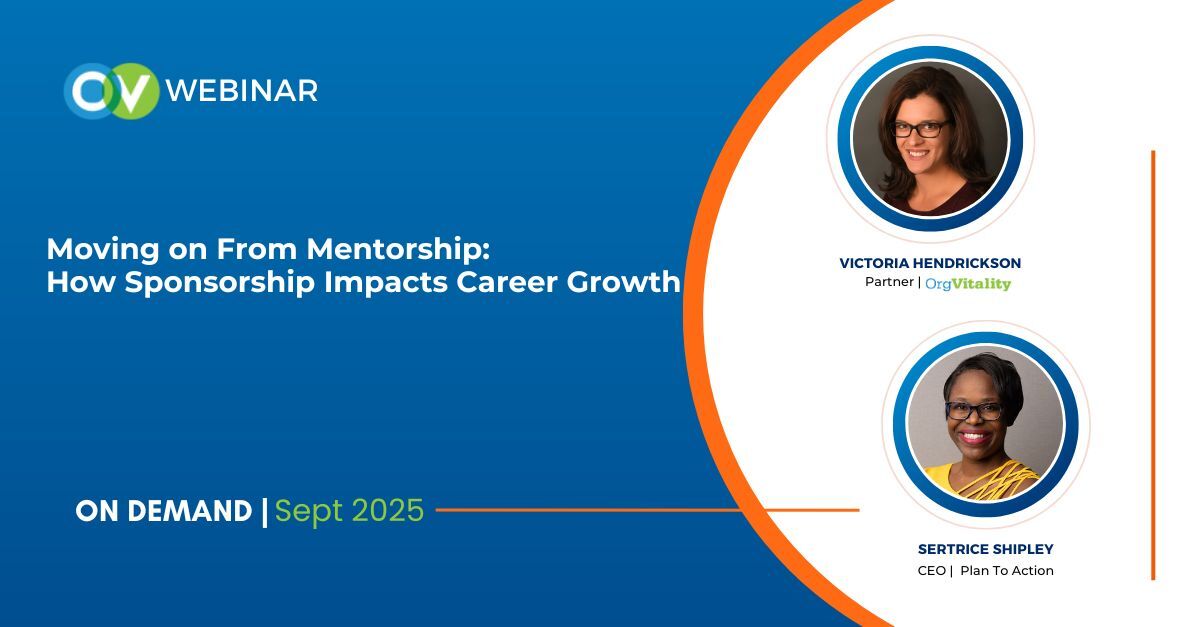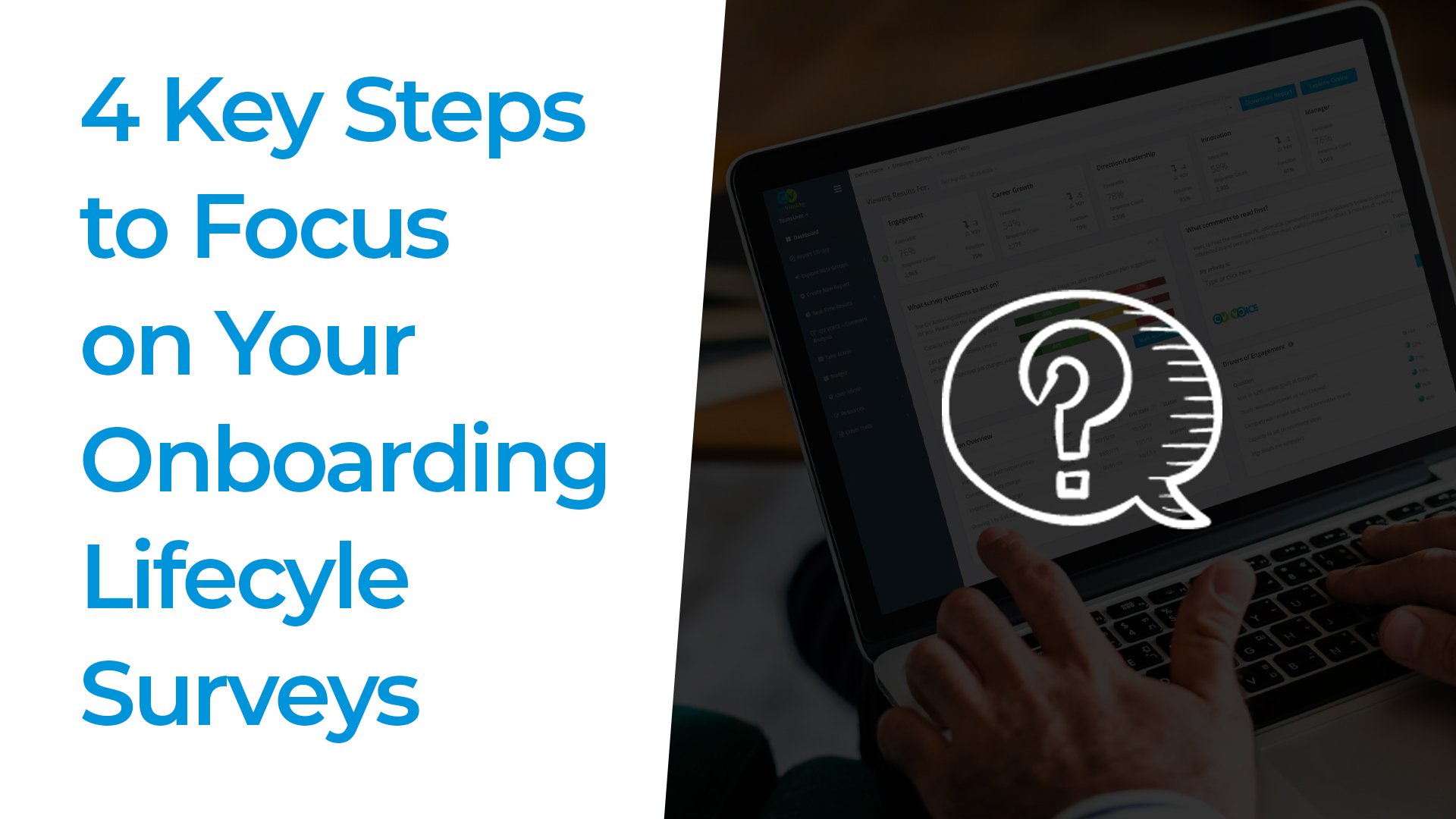
Comprehensive lifecycle programs often include measurement on the experience of recruitment, onboarding, engagement, exit or more.
To achieve the most impact, it’s important to analyze the data holistically across all surveys, creating a narrative of the employee journey within your organization. Here are some important factors to keep in mind:
Consider which surveys will meet your core objectives
Some of our clients get excited at all the survey possibilities, and want everything, from recruitment to new hire to 30, 60, and 90-day milestones – not to mention other pulse surveys or feedback assessments. While these surveys can be powerful tools, more data is not always better. The challenge is to focus. Figure out your key priorities and make decisions with them in mind. Concerned most about regrettable turnover? Then surveying new hires and checking in at a regular cadence, plus conducting exit surveys when people leave, can help pinpoint ways the organization needs to improve.
Communicate clearly, and often, with employees
When you’re seeped in the world of employee feedback, it can be easy to overlook that others in the organization might view surveys as an unwanted distraction, or worse, a waste of their time. When you’re looking to survey more than once a year, you want to make sure employees know exactly why you are surveying them and how you are using the data. For example, one client learned from their survey initiative that employees felt they lacked development and created an organization “university” that created learning opportunities. By tying this very popular initiative back to the survey, it reinforced to employees that their feedback matters and made employees more willing to take future surveys. Also consider communication with other organizational groups, such as HR business partners, or onboarding specialists – these professionals can incorporate communications about your survey in their work process in order to let employees know that surveys are coming.
Make analysis easy for everyone to understand
Often, the more data you have, the more overwhelming it can be. The key is to develop a research question, and then craft analyses or visuals that will address the question. For example, if you want to know what helps get employees up to speed, you don’t need quarterly pulses. You might tie together onboarding surveys, annual census surveys, and performance data to see what experiences characterize employees who are doing especially well. Make sure you have the right tools at your disposal to display findings. As you include more data points in your analyses, this becomes more complex. For example, OrgVitality’s integrated dashboard uses data visualization to tie together different survey efforts. Paired with executive presentations, which craft a narrative based on your data, these tools help leadership understand areas of strength and those ripe for improvement.
Author

Dr. Victoria Hendrickson is a partner and vice president in the consulting department at OrgVitality. She works to strategically design and administer employee surveys, customer surveys and linkage research. Across these tools, she works to gather data that helps leaders address their organization’s unique strategic challenges and to present findings as an insightful story that guides meaningful change. Victoria comes to OrgVitality with a background in organizational development and leadership development. She conducts applied research on topics of survey comments and organizational ambidexterity and regularly presents at national and international conferences. Victoria received her undergraduate degree in Social Psychology from Saint Mary’s College of California, and her Ph.D. in Organizational Psychology at Alliant International University.






